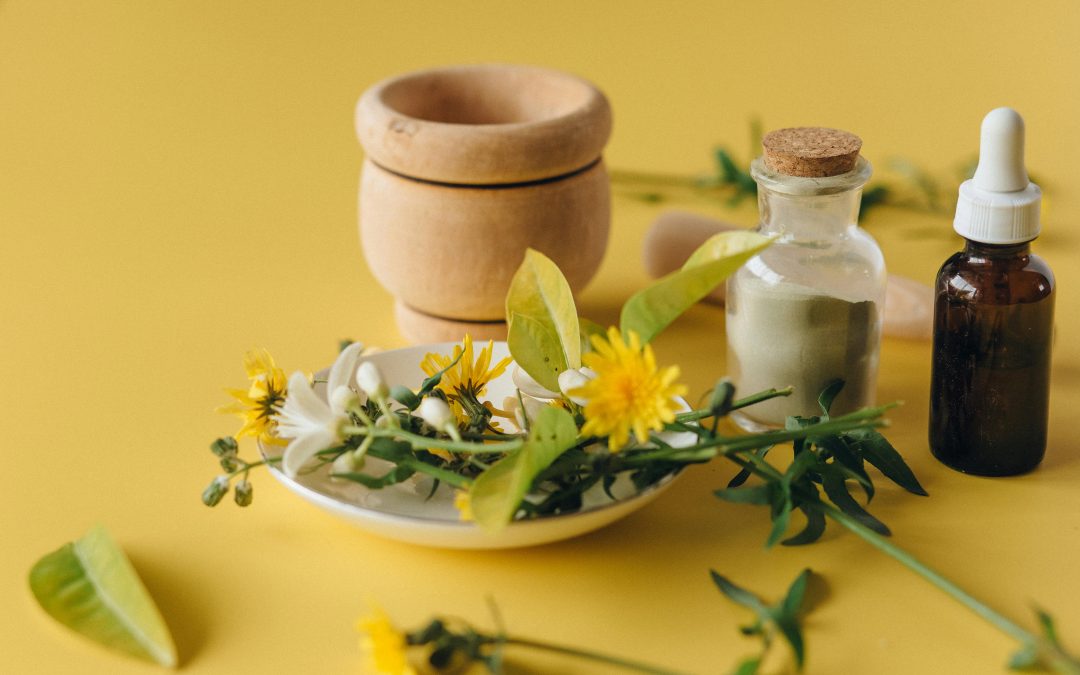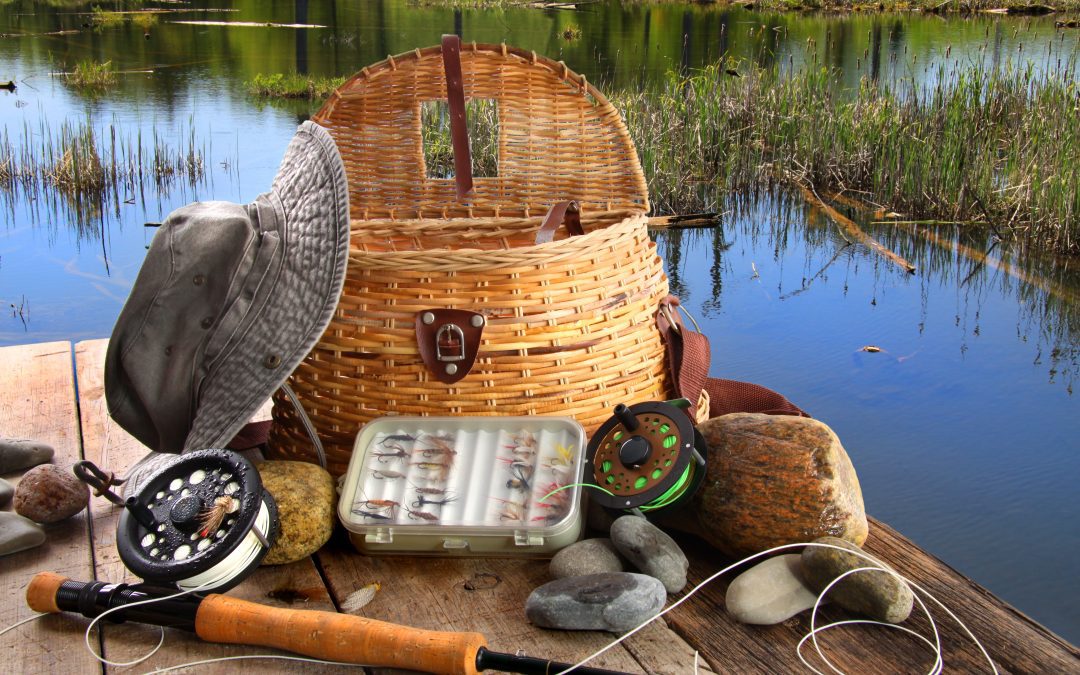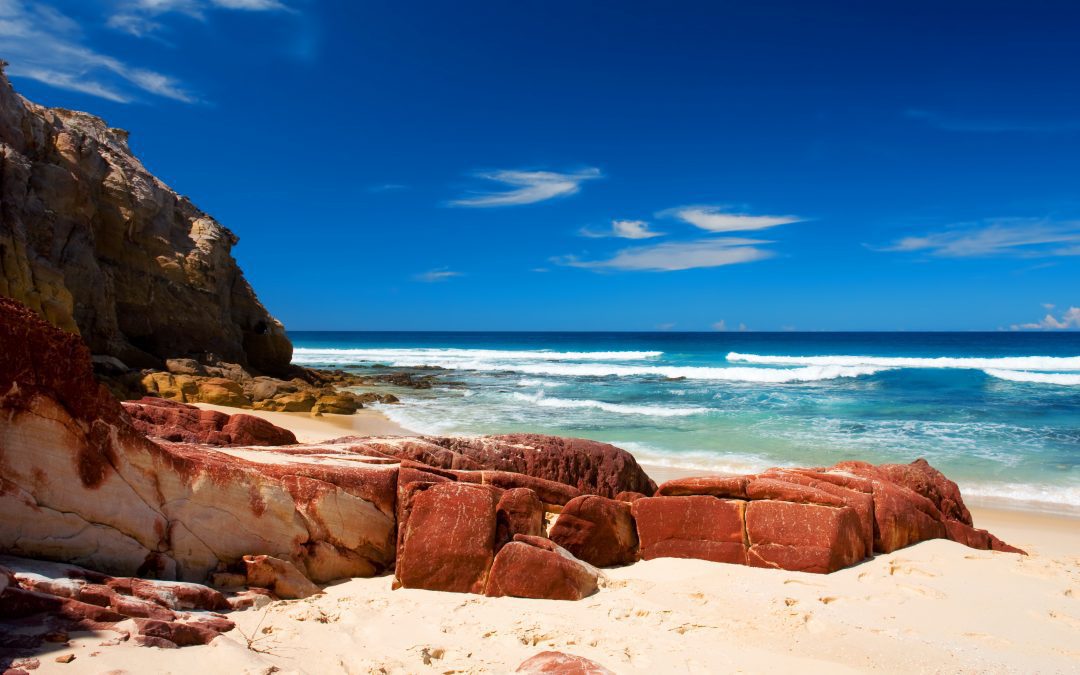Oceania is not just a region—it’s a revelation. Comprising Australia, New Zealand, and the Pacific Islands, it stretches across the world’s largest ocean, offering travelers a tapestry of wild landscapes, ancient cultures, and soulful simplicity.
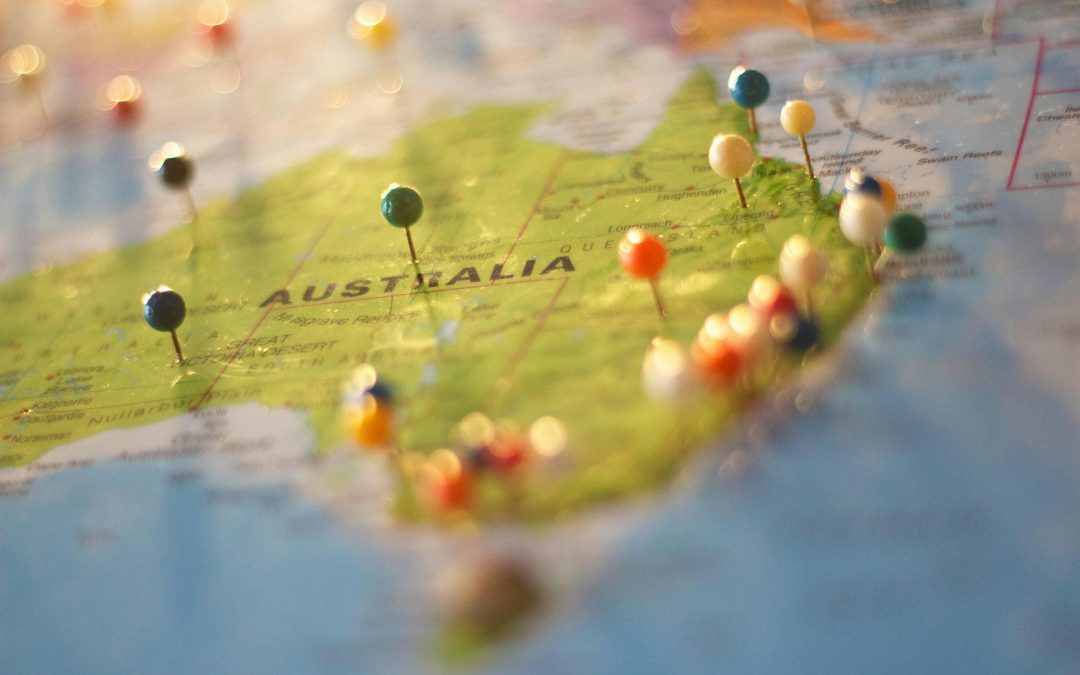
Oceania Unveiled
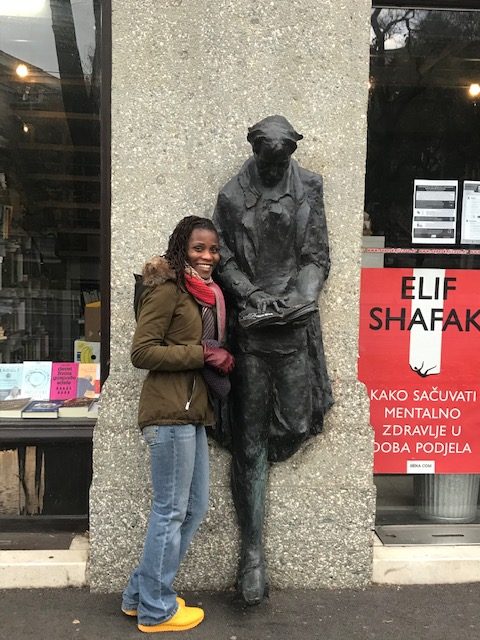
Oceania Unveiled: Wild Shores, Deep Culture, and the Spirit of the Pacific
Introduction: The Edge of the World, the Heart of the Earth
Oceania is not just a region—it’s a revelation. Comprising Australia, New Zealand, and the Pacific Islands, it stretches across the world’s largest ocean, offering travelers a tapestry of wild landscapes, ancient cultures, and soulful simplicity.
From the surf-swept beaches of Byron Bay to the fjords of New Zealand and the coral gardens of Fiji, Oceania invites you to explore not just places, but philosophies. It’s where nature speaks loudly, communities live slowly, and travel becomes transformation.
In this blog, we’ll journey through Oceania’s most compelling destinations, uncovering the stories, rituals, and rhythms that make this region one of the most enriching on Earth.
1. Australia: Land of Contrast and Connection
Byron Bay: Surf, Spirit, and Sustainability
Byron Bay, on Australia’s east coast, is often described as a spiritual surf town. With its golden beaches, lush hinterland, and bohemian vibe, it’s a place where wellness and wilderness meet.
Why Visit Byron Bay?
- Surf at The Pass or Wategos Beach
- Hike to Cape Byron Lighthouse for sunrise
- Explore Crystal Castle and Shambhala Gardens
- Attend local farmers’ markets and wellness festivals
Byron Bay’s ethos is rooted in sustainability, community, and creativity. It’s a place to slow down, breathe deeply, and reconnect.
Tasmania: Wilderness and Wonder
Tasmania, Australia’s island state, is a haven for nature lovers and solitude seekers.
Highlights:
- Cradle Mountain-Lake St Clair National Park
- MONA (Museum of Old and New Art) in Hobart
- Bruny Island’s gourmet food and wildlife
- Bay of Fires’ orange-laced granite beaches
Tasmania offers a raw, elemental experience—perfect for hiking, kayaking, and introspection.
The Red Centre: Sacred Landscapes
Uluru (Ayers Rock) is more than a landmark—it’s a living cultural site for the Anangu people.
Experiences:
- Walk the base of Uluru with an Indigenous guide
- Visit Kata Tjuta’s domes
- Stargaze in the desert
- Learn about Tjukurpa (Anangu law and storytelling)
The Red Centre teaches travelers about respect, resilience, and the sacredness of land.
2. New Zealand: Aotearoa’s Dual Soul
New Zealand, or Aotearoa, is a land of duality—mountains and beaches, Maori and Pākehā (European), adventure and serenity.
South Island: Drama and Depth
Must-See Destinations:
- Fiordland National Park: Milford and Doubtful Sound
- Queenstown: Adventure capital with bungee, skiing, and jet boating
- Wanaka: Lakeside calm and hiking trails
- Kaikōura: Whale watching and seafood
South Island is cinematic, spiritual, and endlessly photogenic.
North Island: Culture and Community
Highlights:
- Rotorua: Geothermal wonders and Maori culture
- Wellington: Artsy capital with great coffee and museums
- Bay of Islands: Sailing, snorkeling, and history
- Waitomo Caves: Glowworms and underground rivers
North Island offers warmth, storytelling, and connection.
Maori Culture: A Living Legacy
To travel in New Zealand is to engage with Te Ao Māori—the Māori worldview.
Cultural Experiences:
- Attend a pōwhiri (welcome ceremony)
- Learn haka and waiata (songs)
- Visit marae (meeting grounds)
- Hear legends of Tāne Mahuta and Māui
Respect, reciprocity, and kaitiakitanga (guardianship of nature) are central to Māori values—and to meaningful travel.
3. The Pacific Islands: Blue Worlds and Deep Traditions
Oceania’s island nations—Fiji, Samoa, Tonga, Vanuatu, and others—offer travelers a chance to experience life shaped by the ocean.
Fiji: Coral, Culture, and Community
Fiji is famous for its turquoise waters and warm hospitality. But beyond the resorts lies a rich cultural tapestry.
What to Do:
- Snorkel in the Yasawa Islands
- Visit a traditional Fijian village
- Participate in a kava ceremony
- Hike in Bouma National Heritage Park
Fiji’s concept of “bula spirit”—joy, welcome, and connection—is palpable.
Samoa: Fa’a Samoa and Sacred Sites
Samoa’s culture, known as Fa’a Samoa, emphasizes family, respect, and tradition.
Highlights:
- Swim in To Sua Ocean Trench
- Explore lava fields and waterfalls
- Attend a fiafia night (dance and feast)
- Visit Robert Louis Stevenson’s home
Samoa offers travelers a chance to witness living heritage and natural beauty.
Tonga: The Kingdom of the Pacific
Tonga is one of the few remaining monarchies in the Pacific, with a strong sense of identity and pride.
Experiences:
- Watch humpback whales in Vava’u
- Visit Ha’amonga ‘a Maui Trilithon
- Explore uninhabited islands by kayak
- Learn about Tongan tapa cloth and storytelling
Tonga is quiet, authentic, and deeply rooted in tradition.
4. Oceania’s Climate Zones: Packing and Planning
Oceania spans multiple climate zones:
- Tropical (Fiji, Samoa): Hot and humid year-round
- Temperate (New Zealand): Four seasons, variable weather
- Arid (Central Australia): Hot days, cold nights
- Alpine (NZ South Island): Snow in winter, cool summers
Packing Tips:
- Lightweight layers for tropical zones
- Waterproof gear for New Zealand
- Sunscreen and hydration for deserts
- Respectful clothing for cultural visits
Always check local customs and weather before you go.
5. Sustainability in Oceania: Travel That Gives Back
Oceania’s ecosystems are fragile and sacred. Travelers can help protect them by:
A. Supporting Local Businesses
- Stay in family-run lodges
- Buy crafts from Indigenous artisans
- Eat locally sourced food
B. Respecting Nature
- Follow Leave No Trace principles
- Avoid touching coral or wildlife
- Use reef-safe sunscreen
C. Learning and Listening
- Attend cultural workshops
- Ask questions with humility
- Share stories responsibly
Sustainable travel in Oceania is about reciprocity—not just taking, but giving.
6. Wellness and Rewilding in Oceania
Oceania is a natural wellness destination. Here’s how to rewild your body and soul:
Australia: Byron Bay and Tasmania
- Yoga on the beach
- Forest bathing in eucalyptus groves
- Surf therapy and breathwork
New Zealand: Wanaka and Rotorua
- Hot springs and mud baths
- Hiking and meditation retreats
- Maori healing traditions
Pacific Islands: Fiji and Samoa
- Ocean swims and coral snorkeling
- Traditional massage and herbal remedies
- Coconut oil rituals and kava ceremonies
Wellness here is not manufactured—it’s inherited, intuitive, and immersive.
7. Voices from Oceania: Travelers Reflect
Lily, 33, Vancouver
“In New Zealand, I felt like the land was speaking to me. The Māori guides didn’t just show us places—they shared stories that changed how I see the world.”
Tane, 45, Rotorua
“Our ancestors taught us to care for the land. When travelers come with respect, they become part of that story.”
Maya, 29, London
“Swimming in Fiji was like returning to something ancient. The coral, the colors, the silence—it was healing.”
8. How to Plan Your Oceania Journey
Step 1: Choose Your Focus
- Adventure (NZ, Australia)
- Culture (Samoa, Tonga)
- Wellness (Byron Bay, Fiji)
- Nature (Tasmania, Vanuatu)
Step 2: Build a Slow Itinerary
- Spend at least 2–3 nights per location
- Include cultural experiences and nature time
- Leave space for spontaneity
Step 3: Travel Mindfully
- Offset your carbon footprint
- Learn basic local phrases
- Respect sacred sites and customs
Oceania rewards travelers who move with intention.
Conclusion: Oceania as a Way of Being
Oceania is not just a place—it’s a way of being. It teaches us to listen to the land, honor the ocean, and live with heart. It invites us to slow down, to connect, and to remember that travel is not about consumption—it’s about communion.
So whether you’re surfing in Byron Bay, hiking in Fiordland, or sharing kava in Fiji, let Oceania change you. Let it remind you that the edge of the world is often where the deepest truths reside

Written by
More From This Category

Oceania Unveiled

Oceania Unveiled
Oceania is not just a region—it’s a revelation. Comprising Australia, New Zealand, and the Pacific Islands, it stretches across the world’s largest ocean, offering travelers a tapestry of wild landscapes, ancient cultures, and soulful simplicity.

Oceania Unveiled
Oceania is not just a region—it’s a revelation. Comprising Australia, New Zealand, and the Pacific Islands, it stretches across the world’s largest ocean, offering travelers a tapestry of wild landscapes, ancient cultures, and soulful simplicity.
Comments
Our Newsletter

